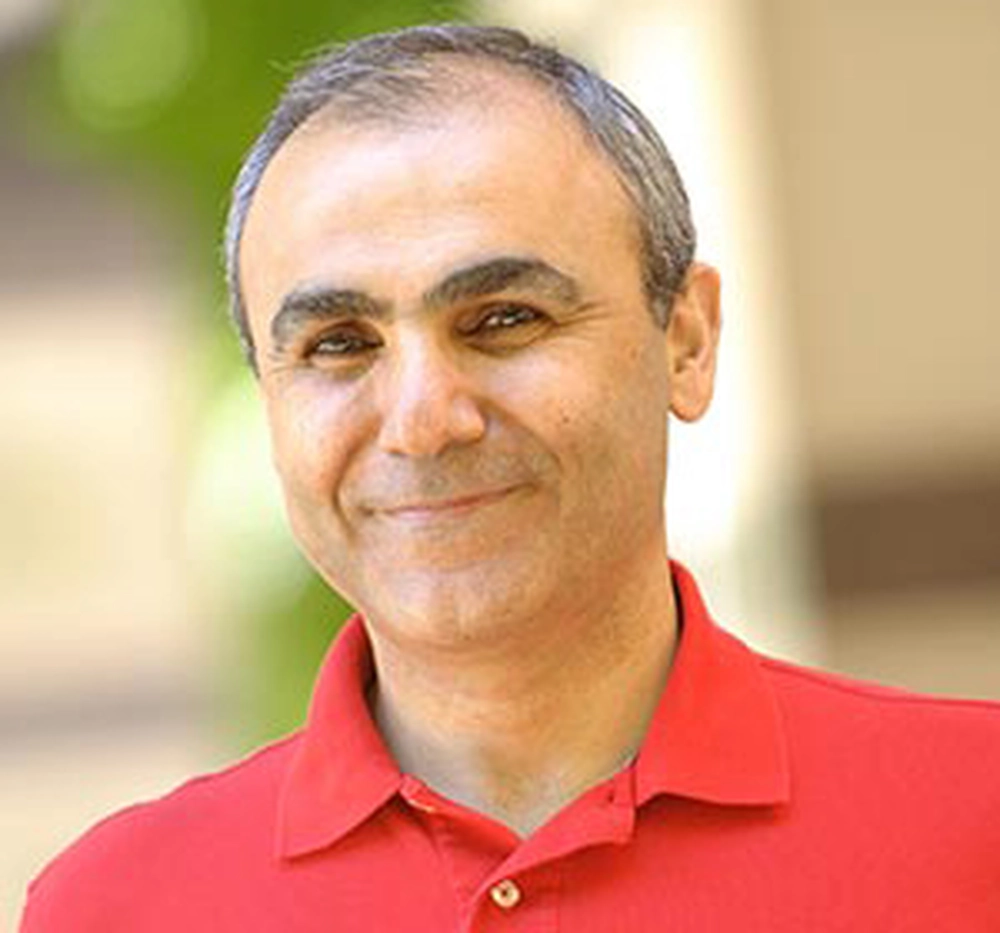
One of the largest and most comprehensive collaborations to understand the structure and dynamic function of membrane proteins was officially launched Tuesday with a 5-year, $22.5 million grant from the National Institute of General Medical Sciences. The international team of scientists funded by the "glue" grant The Membrane Protein Structural Dynamics Consortium includes Associate Professor of Molecular and Integrative Physiology, Biophysics, and Neuroscience Claudio Grosman; and Associate Professor of Biochemistry, Biophysics and Computational Biology Emad Tajkhorshid.
One of the largest ever collaborations to understand the structure and dynamic function of cellular membrane proteins was launched today with a 5-year, $22.5 million grant from the National Institute of General Medical Sciences. The funding, known as a "glue grant," unites nearly 30 scientists from 14 institutions in 4 different countries into an effort called the Membrane Protein Structural Dynamics Consortium.
"We have been able to put together almost a dream team of people currently involved in this type of research," said University of Chicago Medical Center Professor of Biochemistry and Molecular Biology Eduardo Perozo, the leader of the team. "There has been nothing like this project before."
The Membrane Protein Structural Dynamics Consortium includes Physics Professor Klaus Schulten; Associate Professor of Molecular and Integrative Physiology, Biophysics, and Neuroscience Claudio Grosman; and Associate Professor of Biochemistry, and Biophysics and Computational Biology Emad Tajkhorshid.
A more comprehensive understanding of membrane protein dynamics will enable the development of better drugs for diseases involving defective channels and transporters, such as forms of heart disease, diabetes, and neurological and hormonal disorders. A more sophisticated knowledge of how membrane proteins allow molecules into and out of cells can help improve drug design and delivery for an even wider range of diseases.